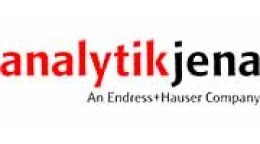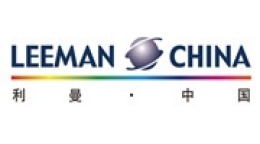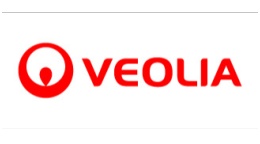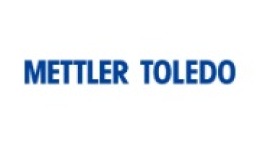方案详情文
智能文字提取功能测试中
analytikjena Fields of Application /Industry: ■Chemistry / Polymer Industry Clinical Chemistry/Medicine /Hygiene / Health Care ■Cosmetics Electronics Energy Environment / Water /Waste Food / Agriculture Geology /Mining Material Analysis Metallurgy / Galvanization Pharmacy ■Refineries / Petrochemistry Semi-Conductor Technology Others Short Application Sum Parameter Analysis - TOC TOC analyses of pharmaceutically used waters Recovery of varied standard substances through thermocatalytic oxidation The regulations on quality analyses of pharmaceutical products as laid down in the Ph.Eu. 2.2.44and the US Pharmacopoeia, USP, demand that beside other parameters the sum parameter TOCof pharmaceutically used waters must be analyzed and the results recorded on a routine basis. Forthe TOC in pharmaceutically used waters, a TOC limit value of 500 ug/l was laid down. On thisbasis, both waters for injections shall be assessed and also process waters originating from theproduction of medicine and washing water arising in the cleaning of pharmaceutical devices andreactors. This also results in stringent demands on the measuring equipment used, particularly in terms ofdetermination limits, reproducibility and recovery rates in the measuring range below 1 mg/l. Inaccordance with the USP, the Ph.Eu. 2.2.44 demands a determination limit of the device of 50 ug/or better, as well as a comparable recovery for standard solutions of varying oxidizability. The“Suitability Test", in which the TOC of standard solutions of sucrose and p-benzoquinone is beingmeasured each, serves to check the comparability, i.e. the completeness of the oxidation of theanalytes to CO. From the obtained measured values, the TOC of the prepared water is subtractedand subsequently the ratio formed: The analytical system meets the requirements, if the RE is between 85 and 115%. The analyses described here were performed on the multi N/C. This analyzer operates on theprinciple of thermocatalytic oxidation in combination with the patented VITA method of signalanalysis (VITA= dwell-time coupled integration for TOC analysis). Thermocatalytic oxidation at 800℃ in combination with a platinum catalyst in a pure oxygen flowensures optimum recovery of sucrose and p-benzoquinone. Under these conditions, typical REvalues of the multi N/C are between 98% and 100%. Thus, the demands of the System SuitabilityTest are easily met, which among others is due to the selected combustion temperature and thecatalyst used on this analyzer. The material of the catalyst is platinum-coated quartz wool, whichhas a particularly large surface thus yielding a particularly high efficiency of the thermal oxidation ofcarbonaceous compounds to CO2. The use of the VITAmethod ensures especially high reproducibility in the measurement of lowTOC concentrations. The VITA method was specially developed for the multi N/C providingcomputer-controlled normalization of the flow variations (and thus the result variations) in the NDIRmeasuring cell usually arising in evaporation and condensation processes. For this, gas flow andNDIR signals are measured simultaneously and then the signals normalized to a constant gas flow.Hence, the multi N/C does not need a long sample loop to compensate for occurring pressurevariations. In combination with a high-quality NDIR detector and a particularly precise injectionneedle, this ensures the user a determination limit of 15 ug/l in daily operation. For the Suitability Tests, the monographs of the pharmacopeias Ph.Eu. 2.2.44 and USP 23recommend the use of p-benzoquinone as substitutive substance for poor oxidizing compounds.As the spectrum of organic substances in pharmaceutically used waters is far more varied, inaddition to the demands of the pharmacopeias different compounds were chosen to determinetheir recovery in TOC analysis with the multi N/C. In choosing the substances (Table 1), thosesubstances were considered that are frequently used in TOC analysis for the examination of theoxidation capacity of analytical instruments (urea, thiourea, sulphanilic acid and nicotinic acid). Inaddition, two compounds were chosen whose backbone is being used in the production of manymedicinal drugs (pyridium chloride and quinine hydrochloride) and whose oxidizability on the multiN/C is of interest, too. Substance Molar Mass Empirical Formula Sucrose 342.30 g/mol C12H22O11 Potassium hydrogen phthalate 204.23 g/mol CgH5KO4 p-benzoquinone 108.10 g/mol C6H4O2 Urea 60.06 g/mol C H4N2O Thiourea 76.11 g/mol CH4N2S Nicotinic acid 123.11 g/mol C6HsNO, Sulphanilic acid 173.19 g/mol C6H7NO3S Pyridinium chloride 115.56 g/mol C5HeNCI Quinine hydrochloride 396.91 g/mol C20H25N2O2CI Table 1: Overview of analyzed substances All measurements were taken on the multi N/C in differential mode at 800℃ in a stream of pureoxygen. The injection volume was 2 mL. The concentrations of the standards were 500 ug/l and100 ug/l. In accordance with the Suitability Test, all measurement results are in relation to sucrose(i.e. calibration with sucrose standards, 500 ug/l sucrose corresponding to 100%). The recoveryrates are illustrated in Figures 1 and 2. Figure 1: Recovery rates of the multi N/C for different standards of a concentration of 500 ug/l Figure 2: Recovery rates of the multi N/C for different standards having a concentration of 100 ug/l The recovery rates of Figures 1 and 2 demonstrate the comparability of the recovery rates of thechosen substances. Particularly with 500 pg/l, no significant differences between the recoveryrates of the different substances could be found. All recovery rates shown in Figure 1 lie between95 %and 100 %. Besides, the particularly small standard deviations (<1%-2%, shown as errorbar) are worth mentioning. The performance of the multi N/C especially shows when looking at therecovery rates of the concentrations of 100 ug/l. Here, as expected, the standard deviations wereslightly higher than those of the 500 ug/l standards. Altogether, however, with 1% to 3% they canstill be regarded as being very low. The recovery rates between 99% and 105% demonstrate thehigh precision provided by the multi N/C below 500 ug/l and for a wide range of substances. In summary, the investigations described have shown that the multi N/C distinctly surpasses thedemands as laid down in the pharmacopeias. Thermal oxidation at 800℃ in connection with theplatinum catalyst on quartz wool and the VITA data processing method offers the idealcombination for almost complete digestion of different compounds at particularly low resultvariations. Printout and further use permitted with a reference to the source. C 2000 Analytik Jena AG Publisher:Analytik Jena AGKonrad-Zuse-StraBe 107745 Jena Telephone +49 (0) 36 41/77-70Fax+49 364177-92 79 www.analytik-jena.cominfo@analytik-jena.com Recovery of varied standard substances through thermocatalytic oxidation/Reference: SP_TOC_e|
关闭-
1/5
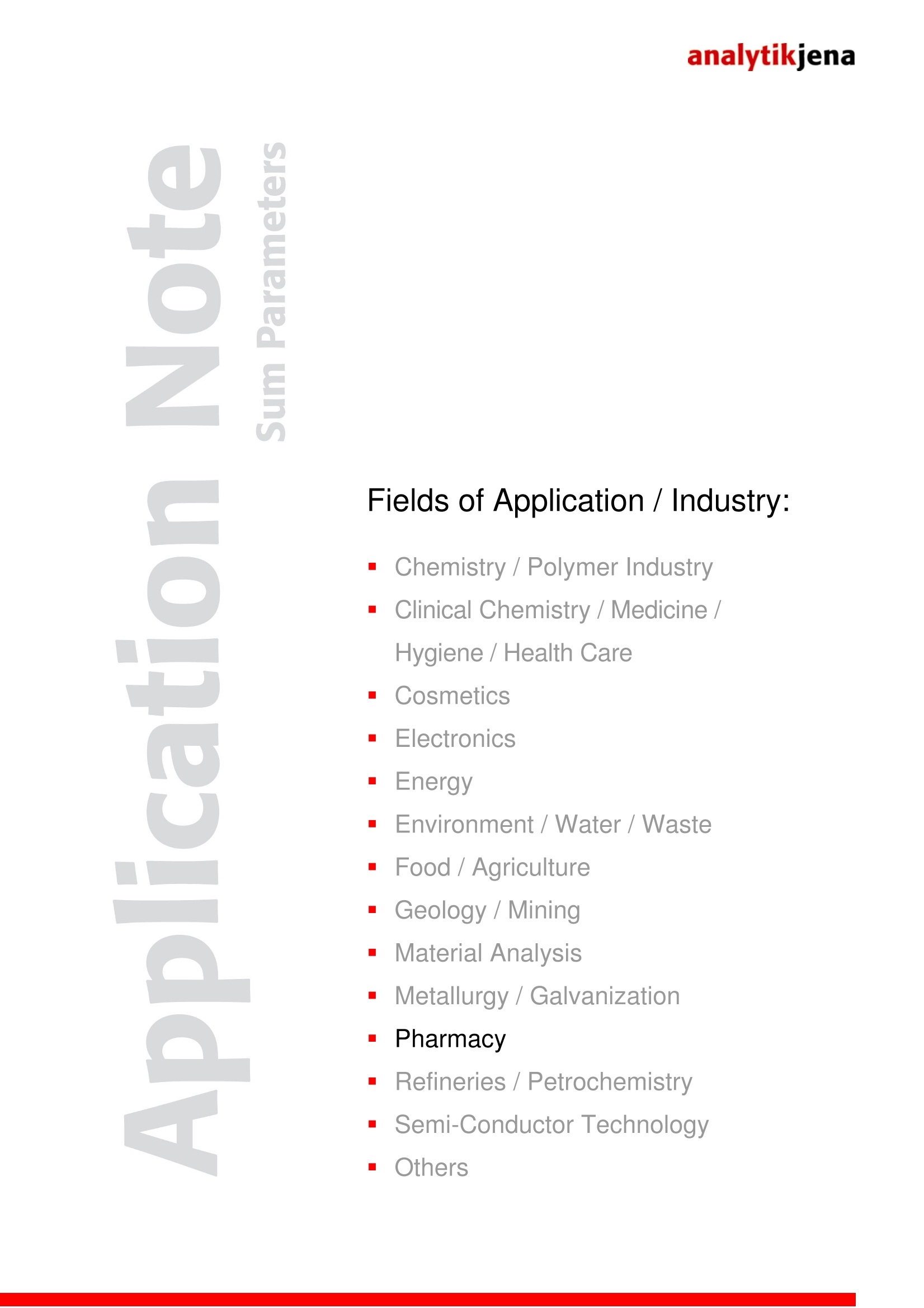
-
2/5
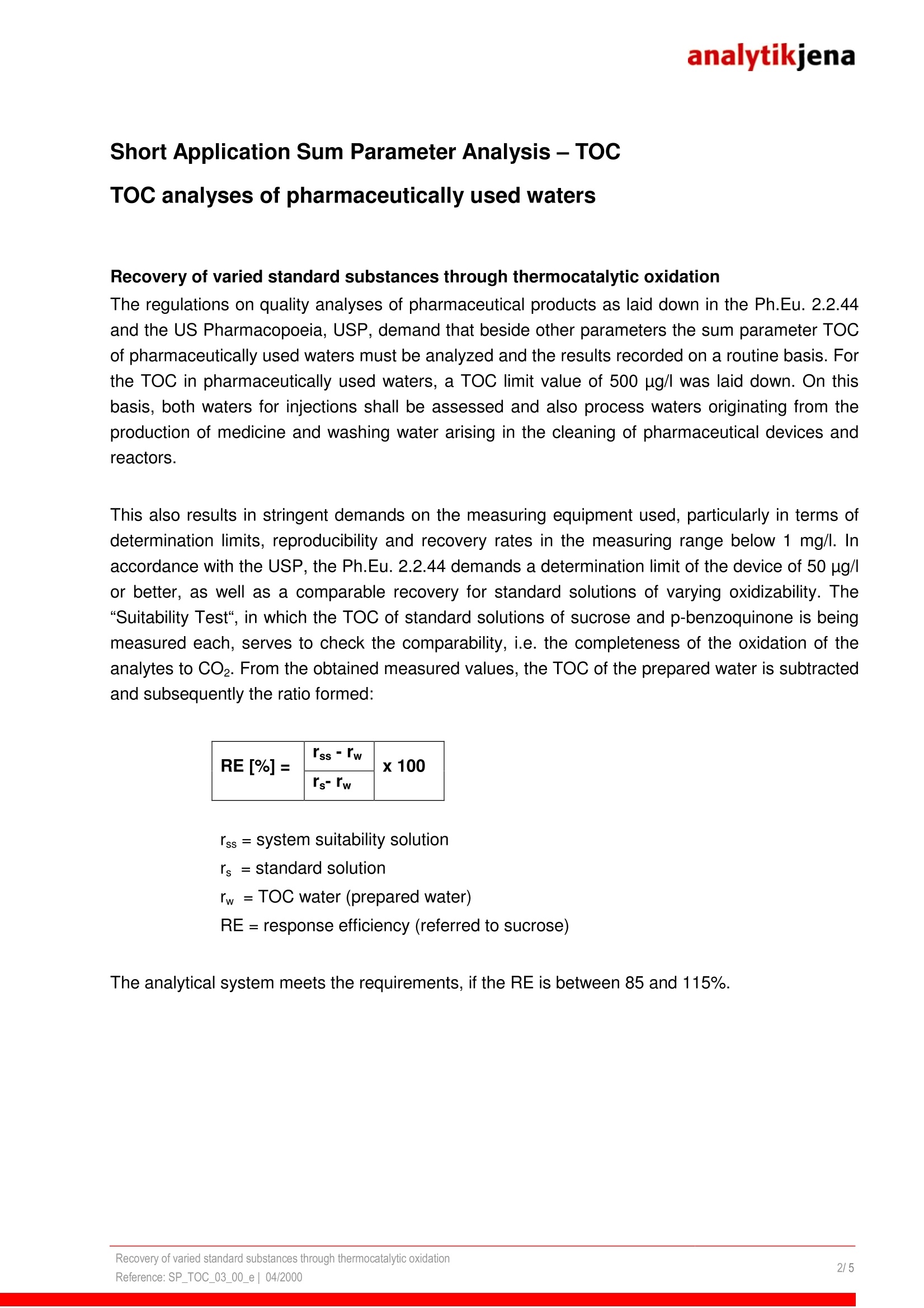
还剩3页未读,是否继续阅读?
继续免费阅读全文产品配置单
耶拿分析仪器(北京)有限公司为您提供《化学药中特殊物质和基团检测方案 》,该方案主要用于化药制剂中限度检查检测,参考标准《暂无》,《化学药中特殊物质和基团检测方案 》用到的仪器有德国耶拿 multi N/C 3100 TOC总有机碳/总氮分析仪、multi N/CPharma HT制药专用干法总有机碳/总氮分析仪。
我要纠错
推荐专场
相关方案


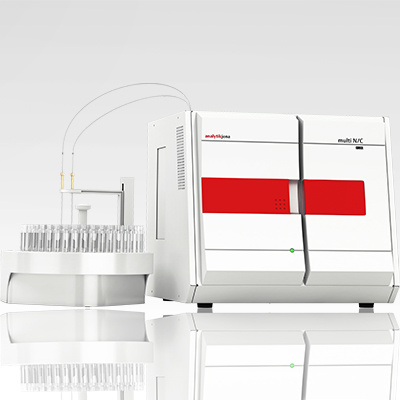
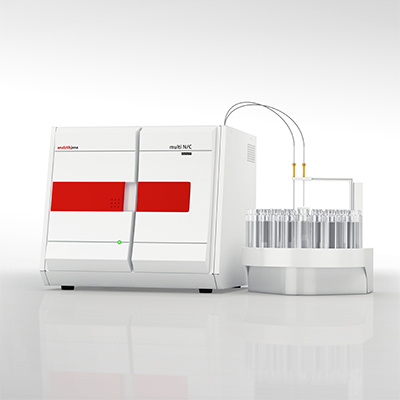
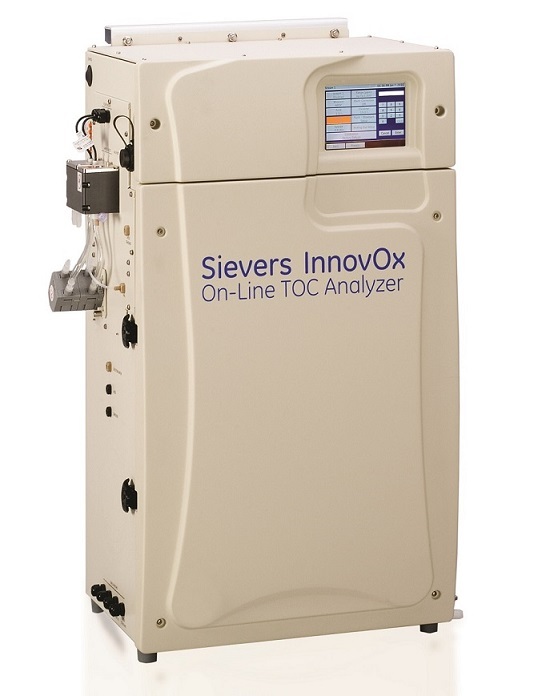
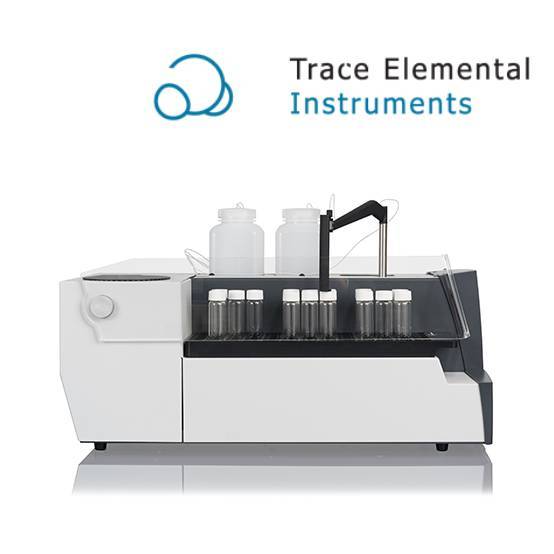
 咨询
咨询